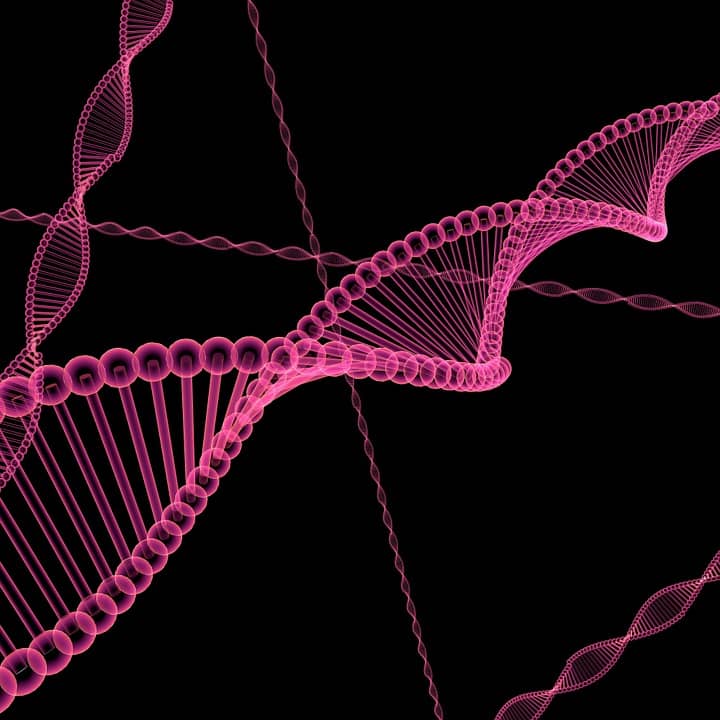According to a story from BioPharma Dive, the drug company Sarepta Therapeutics is pushing forward with its plans to develop a gene therapy for limb-girdle muscular dystrophy (LGMD). The company has recently released more data that suggests its experimental therapy SRPT-9003 is having a beneficial impact in patients. While it remains unclear just how great of an impact the therapy could truly have, the findings so far are still encouraging.
About Limb-Girdle Muscular Dystrophy
Limb-girdle muscular dystrophy (LGMD) also known as Erb’s muscular dystrophy, is a group of muscular dystrophies that are most characterized by progressive muscle atrophy that most prominently affects the muscles of the shoulders and hips. The precise genetic cause of the disorder varies depending on the subtype, but the end result is the same: the muscles are unable to form certain proteins that are necessary for normal muscular function. Symptoms may include oversized muscle fibers, weak shoulder muscles, respiratory muscle weakness, facial muscle weakness, lower back pain/discomfort, and heart palpitations. The rate of disease progression varies between individual cases. Onset is usually between the ages of 10 to 30 years. There are no disease modifying therapies for limb-girdle muscular dystrophy; management usually consists of physical, occupational, respiratory, and speech therapy. Though not always fatal, heart and respiratory muscle weakness can be life threatening. To learn more about limb-girdle muscular dystrophy, click here.
A Cause for Optimism
Six patients have received SRPT-9003 so far, with three of them having been monitored for a year or more. All patients are producing significant amounts of a protein that is normally deficient in patients, with the higher dose level seeing a greater impact. The three patients who were treated first have also seen improvements to their mobility when during the normal disease course they should be experiencing declines.
The company is hoping to develop six different gene therapies for six distinct variant of limb-girdle muscular dystrophy and is also working on one for Duchenne muscular dystrophy as well. SRPT-9003 is for the type 2E form of the disorder. The safety profile so far seems reasonable, with one patient experiencing a rapid increase in liver enzymes and another dealing with severe nausea and vomiting. Both patients made a full recovery.
Though this therapy still has a long way to go before maturation, its continued success should be a sign of hope for the limb-girdle muscular dystrophy community.







